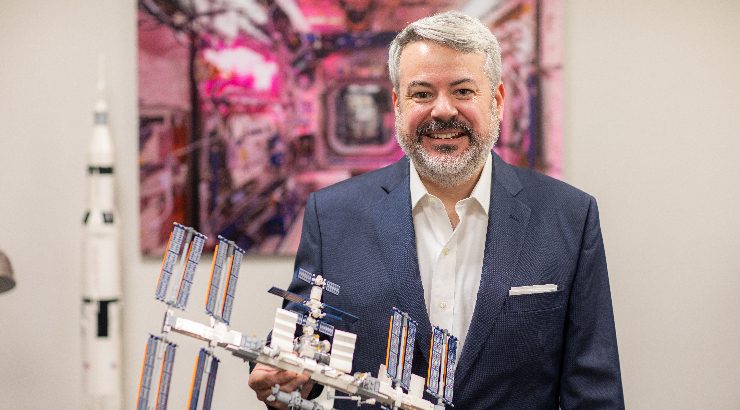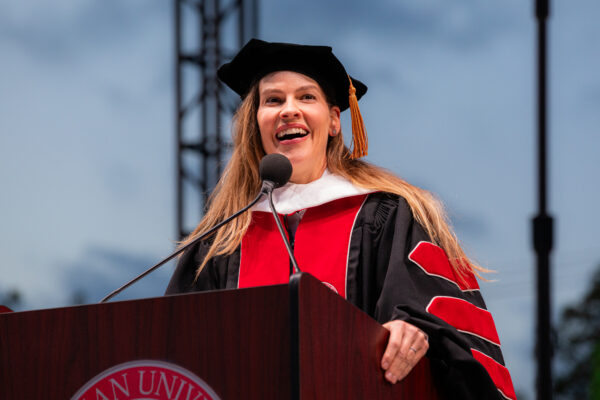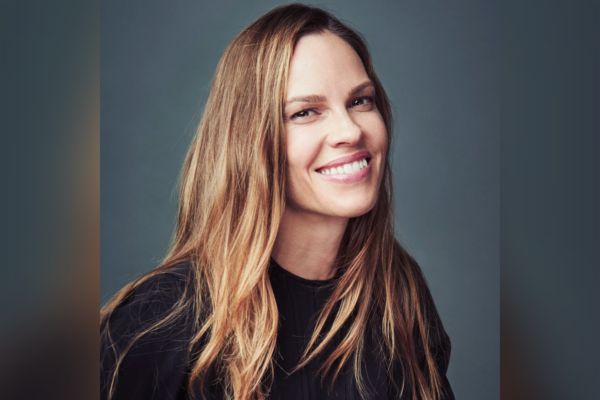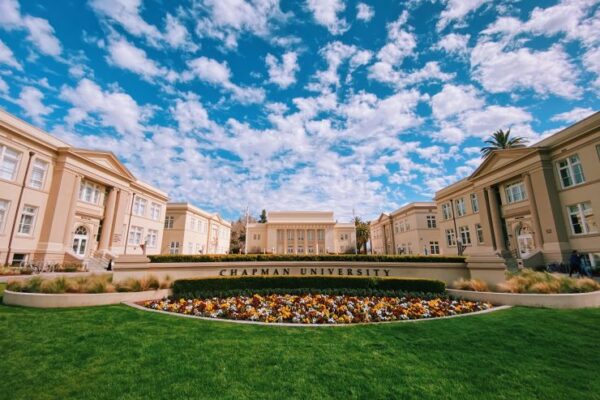The team leading the first archaeology project in space can provide new insights into space habitats and how astronauts use and adapt their living quarters on the International Space Station.
Archaeologists Justin Walsh of Chapman University and Alice Gorman of Flinders University of South Australia lead The International Space Station Archaeological Project (ISSAP). This week, Walsh shared the preliminary findings of the team’s first on-orbit project, the Sampling Quadrangle Assemblages Research Experiment or SQuARE, during a presentation at the USC Viterbi School of Engineering, where he is the Ad Astra Fellow in Space Habitats and Space Anthropology at the Space Engineering Research Center.
While earth-bound archaeologists dig one-meter squares to understand a site and strategize further study, the ISSAP team used adhesive tape to define one-meter areas of the International Space Station and documented them with daily photographs to study how the spaces are used. The squares were placed in a handful of work and leisure locations on the space station, including a galley table, workstation, EXPRESS racks and on the wall across from the latrine. The ISS crew chose an additional location for study – a workstation in the US laboratory module, Destiny – based on their assessment of what would be interesting to document.
The team’s findings revealed surprising insights that have implications for the design of future space stations, which are currently in development as the International Space Station is scheduled to be deorbited in 2031. The preliminary findings provide a glimpse into how astronauts adapt to life and conduct research without gravity, how international cooperation plays out in the tight quarters, how they use their space for work and leisure while in orbit, and more.
“This is meant to complement what is known from the crews about life in space,” said Walsh, who is also a co-founder of Brick Moon, a consultancy in space habitat design and use.
Photos of the spaces they observed as part of their research into life on the ISS are also available. Please contact carmurphy@chapman.edu to schedule an interview with Justin Walsh.




